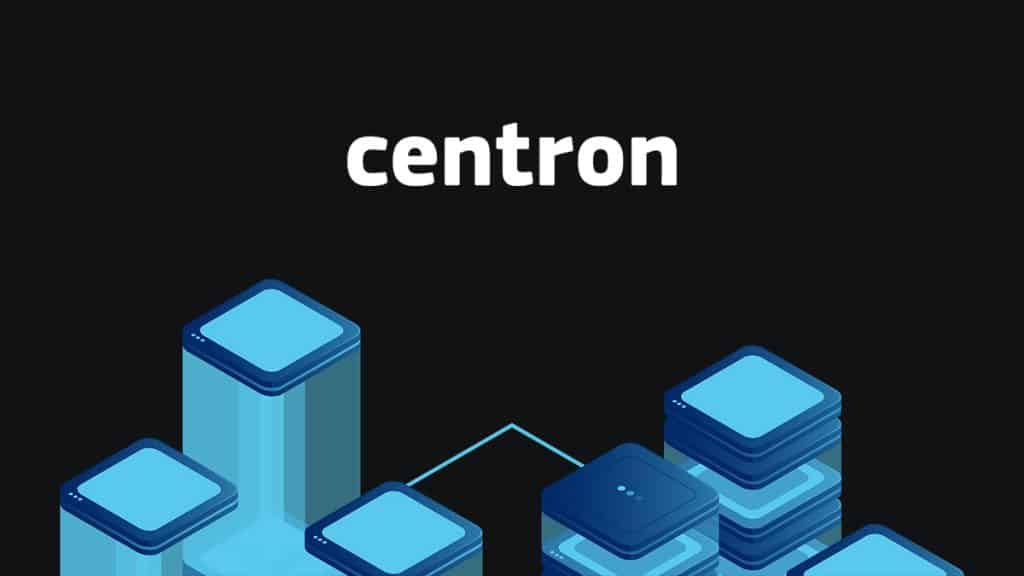Optimizing Security with MongoDB Authentication
Authentication and authorization concepts are essential for the security of your databases. One way to optimize your data protection is through the MongoDB database management system.
Understanding Authentication
Authentication is the process of confirming a user’s or client’s identity. MongoDB employs various mechanisms for authentication, with the default being the Salted Challenge Response Authentication Mechanism (SCRAM). SCRAM involves MongoDB cross-referencing user credentials with their username, password, and authentication database. If these details don’t match the database’s expectations, access is denied until the correct credentials are presented.
For testing or development environments, you can also employ keyfile authentication, using a shared password for a group of connected MongoDB instances. However, it’s essential to note that keyfile authentication is considered minimal security and is not suitable for production environments.
In production setups with replication or sharding, MongoDB recommends x.509 authentication. This method involves distributing x.509 certificates (self-signed or from a third-party authority) to cluster members or clients. Each machine receives its unique x.509 certificate, enabling mutual authentication. If an invalid x.509 certificate is presented, mutual authentication fails, thwarting unauthorized access.
Understanding Authorization
MongoDB employs role-based access control for authorization, allowing fine-grained control over user privileges. When creating a MongoDB user, you can assign one or more roles to them, defining their access privileges. These roles can specify actions a user can perform on a specific database, collection, or the entire cluster.
MongoDB includes built-in roles that offer common privileges, such as the ‘readWrite’ role for reading and modifying data in a database. Notably, ‘readWriteAnyDatabase’ is exclusive to the admin database, providing broader system privileges.
For even greater control, you can define custom roles, adding to the existing ones. Custom roles are confined to the database in which they are created but can include privileges from other roles. This granular control enables you to designate dedicated users for specific tasks, enhancing system security by limiting users with extensive privileges.
By leveraging MongoDB’s built-in authentication and authorization methods, you can bolster your database security and ensure that only authorized users can access and manipulate your valuable data. Whether you are securing a development environment or managing a complex production system, MongoDB’s comprehensive security features have got you covered. Optimizing Security


